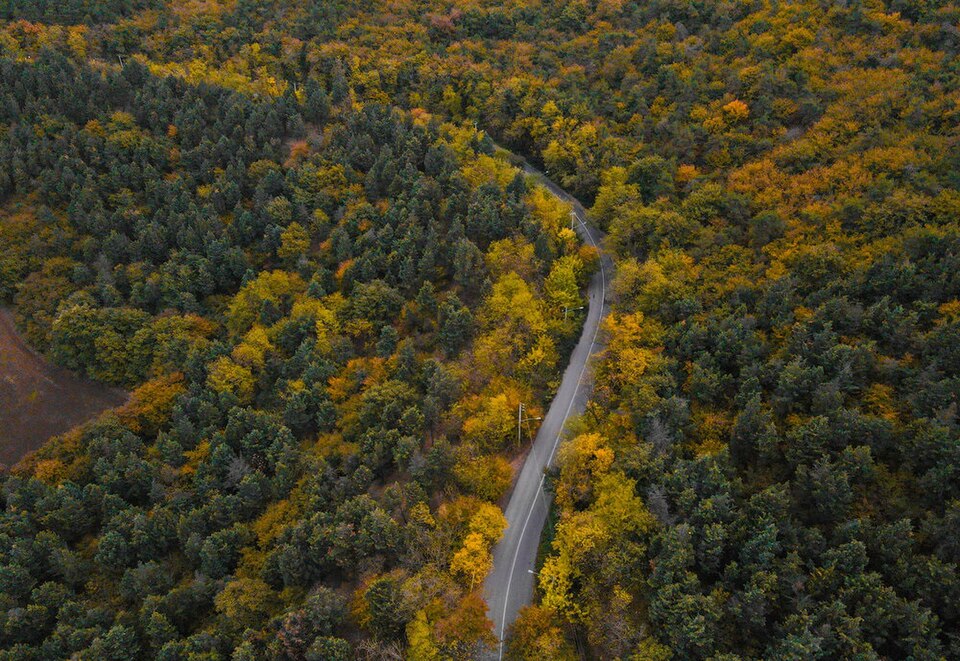Protecting World Heritage Sites: Safety Challenges Under Climate Stress
Climate change poses an escalating threat to UNESCO World Heritage sites worldwide, with 80% of cultural heritage sites already experiencing harmful climate stress—particularly to key materials like stone and wood.
In line with this, the 2024 European Parliamentary Research Service (EPRS) published a report addressing the risks climate change poses to cultural heritage, summarized in this Fireriskheritage post, which also builds on previous analyses available on this post: Climate Change & Wildfires. A new Threat for Historical Towns.

The Paper on Climate Stress to World Cultural Sites
A recent study by Zihua Chen et al., titled “World Cultural Heritage sites are under climate stress and no emissions mitigation pathways can uniformly protect them“, applies an innovative hazard–vulnerability–exposure framework. This framework combines climate data with detailed 3D building information from 938 cultural sites to quantify climate-induced stress (CIS) across past, present, and future periods.
CIS measures the frequency and intensity of climate events—such as rapid fluctuations in temperature and humidity—that exceed material-specific damage thresholds for key building materials like wood and stone.
CIS is calculated considering three components:
- Hazard: Frequency of compound climate events (rapid swings in temperature and humidity surpassing damage thresholds).
- Vulnerability: Susceptibility of heritage materials, noting differing tolerance thresholds of wood and stone.
- Exposure: The extent of a heritage site’s surface area exposed to climate hazards, determined through 3D building footprint data.
Higher CIS values indicate more frequent damaging climate events impacting highly exposed materials, underscoring the urgent need for conservation and adaptation efforts.
This metric tracks changes in past, present, and projected future climate conditions, guiding heritage protection strategies under various emission scenarios.
Key Findings
- Nearly one-fifth of sites experience stress levels exceeding damage thresholds for both stone and wood, primarily due to compound climate events involving rapid temperature and humidity shifts.
- Vulnerabilities vary by material: wood typically cracks under ~15°C rapid temperature swings, while stone erosion occurs under ~10°C cycles, meaning conservation strategies must be material-specific.
- Under a low-emission future aligned with the Paris Agreement (SSP1-2.6, ~1.8°C warming), about 40% of at-risk sites could be substantially protected.
- A medium-emission pathway (SSP2-4.5, ~2.7°C warming), reflecting current policies, offers significantly less relief.
- Regional disparities exist: European and North American sites show greater preservation potential with strong climate action, while African, South American, and parts of Asia—often with fewer conservation resources—face severe ongoing threats and limited mitigation benefits.
Focus on Wood as a Vulnerable Material
- Wood is especially sensitive to rapid temperature and humidity fluctuations, with damage thresholds around ~15°C temperature swings combined with 30–70% humidity changes.
- Compound climate events cause wood to crack, degrade mechanically, and increase risks of rot and fungal decay.
- Wood deterioration accelerates with repeated climate disturbances, making sustained conservation efforts essential.
- Larger exposed wooden surfaces increase vulnerability but may simultaneously benefit from architectural features that reduce effective exposure.
- Even under ambitious emissions reductions, many wooden structures are projected to exceed decay thresholds by 2070–2100.
- Wood-based heritage in low-income regions faces heightened risk owing to limited access to conservation technologies.
Conservation Implications
- Tailored interventions such as anti-rot treatments, sealing, and regular upkeep are critical for wood heritage.
- Conservation strategies should explicitly incorporate material-specific thresholds and regional capacities for adaptation.
- Larger wooden sites often display adaptive resilience thanks to features like roof overhangs and elevated foundations.
Broader Conclusions
- Inland regions of Europe and Asia show increasing stress, not only coastal zones.
- Semi-arid and tropical areas face accelerating material decay from climate impacts.
- CIS underscores the vital need for globally coordinated, targeted adaptation strategies with dedicated funding and capacity-building, especially for under-resourced regions.
- International climate finance should prioritize vulnerable heritage sites and leverage modern digital documentation and remote sensing tools.
- While emissions reductions can significantly reduce climate stress, many sites will still require local, tailored adaptation and disaster risk management.
This research provides a critical evidence base and open-source tools enabling heritage professionals and policymakers to prioritize, strategize, and advocate for cultural heritage protection aligned with global sustainability and climate justice goals.
Additional Analysis on Climate Change and Cultural Heritage under Threat
Additional analysis regarding the safety of cultural heritage in relation to climate change include:






